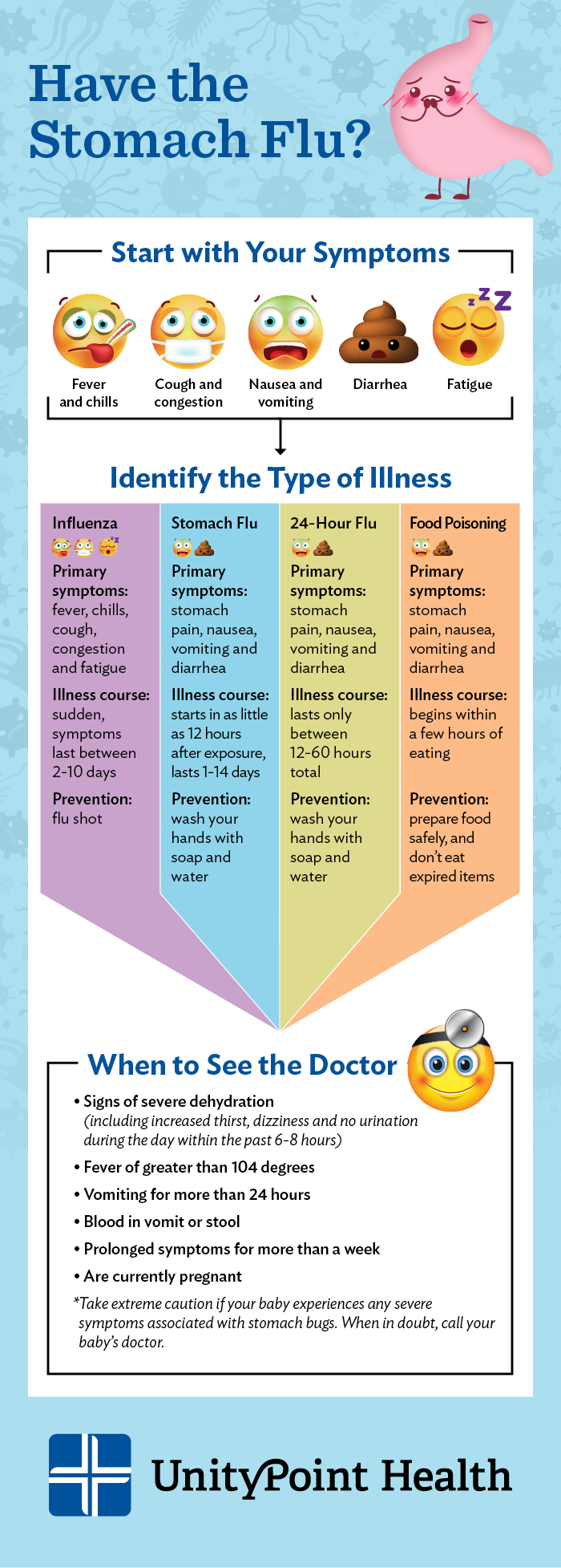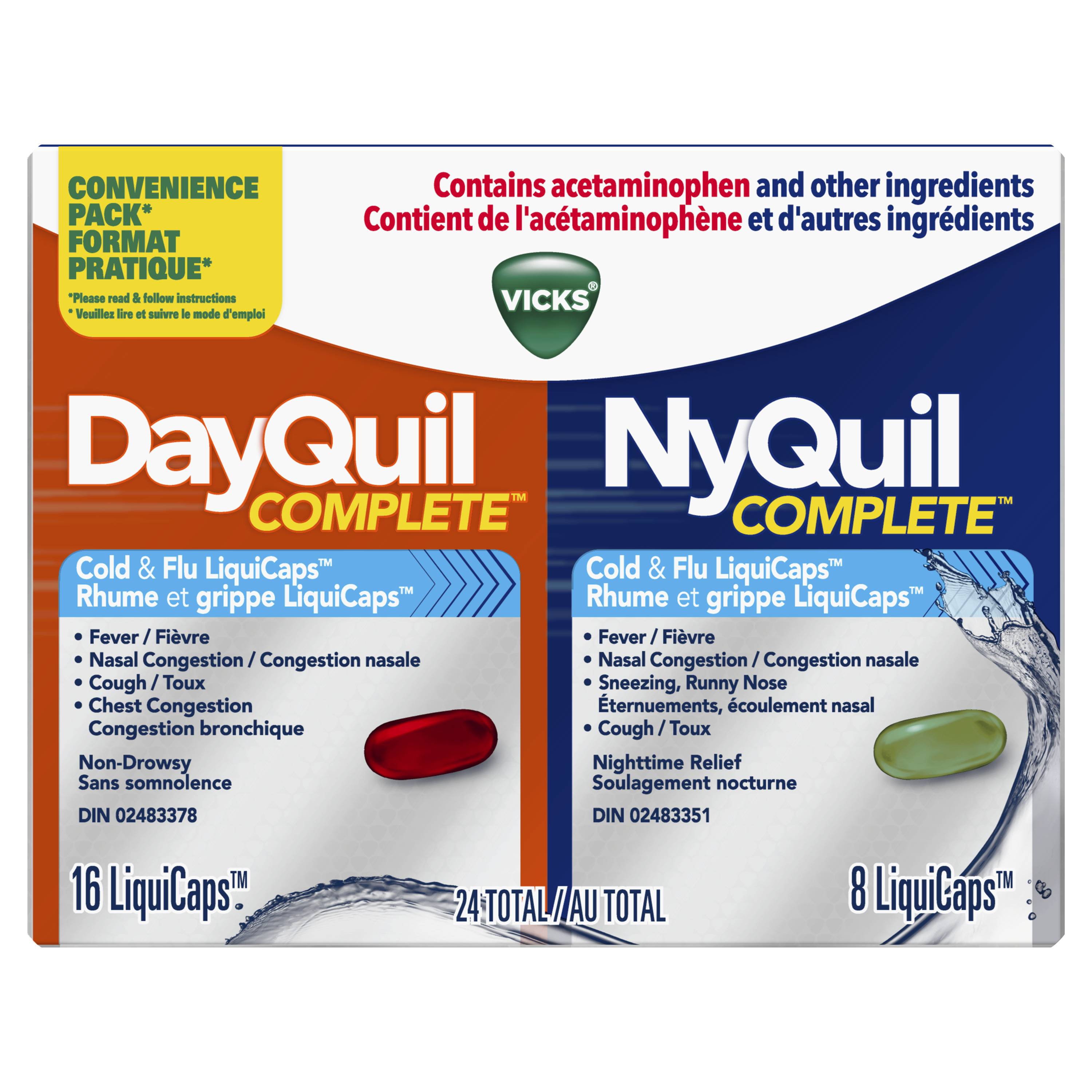
Although you might be tempted to take over-the-counter medicine for a cold or flu, it is best to rest. Moving around will only worsen your symptoms of a sore or sore throat. Resting allows your body to recover from the symptoms of a cold or flu. Garlic, which boosts immunity, is a surprising natural remedy for the flu and cold. Garlic is an excellent natural treatment for the flu and colds. Garlic has anti-inflammatory and fighting properties.
Chicken soup
Researchers from the University of Nebraska studied the effects of chicken soup upon white blood cells and the movement of neutrophils. Researchers at the University of Nebraska discovered that chicken soup had an inhibitory effect upon neutrophil migration. This could help reduce the symptoms of a mild cold. The soup also reduced activity in the upper respiratory tract where cold symptoms are common. Researchers believe that the soup is a good remedy for cold symptoms.
Honey
Honey is a popular and tasty remedy for flu and cold symptoms. Honey can be drunk as a drink, or added warm water to relieve congestion. To ease symptoms of flu and cold symptoms, you can mix a teaspoonful of honey with a glassful of water. The natural ingredients in honey have anti-inflammatory properties, so they can be effective in reducing the severity of cold symptoms. To enhance the effect of honey, you can also add 1 teaspoon cinnamon.
Garlic
A supplement with garlic can be used in place of raw garlic. Both raw and cooked garlic are good for flu and cold remedies. They can improve immunity and alleviate cold symptoms. Rest and hydration are key to speeding up your recovery. Your immune system may also be boosted by taking a zinc supplement. The best garlic supplements are those that have been preserved and not processed. But, there is no scientific proof to support the effectiveness of garlic as a cold and flu remedy.

Vitamin C
Vitamin C has been around since the 1970s, but it isn't always been a useful remedy for colds. Linus Pauling, a Nobel Prize-winning Chemist, believed that high levels of vitamin C could prevent colds. But that claim was later disproved. Now, however, researchers are confident that vitamin C can help reduce the duration and frequency of colds. And they have some proof to back this up.
Hot showers
Taking a hot shower while sick can ease symptoms of a cold and flu, especially when the body is already dehydrated. Hot showers release mucus and help to feel better. If you do not have a shower, try creating a mini sauna in your bathroom. You will feel much better after inhaling the steam.
Drinking lots of fluids
There are many benefits to drinking plenty of fluids when you have the flu or cold. The body needs to hydrate properly in order to be able to take medication effectively. This will allow for faster relief. Adults should drink 6-8 glasses of water per day, although you may need to increase your intake if symptoms are present. Electrolyte-enhanced drinks are another benefit. They replenish fluids and help prevent symptoms from getting worsened.
Vitamin C can be used to reduce the duration of a common cold or flu.
According to a recent study, taking 6 to 8 grams of vitamin C daily can reduce the duration of a cold or flu by as much as 20 percent. It is still not known what the ideal vitamin C dose should be. The reason is that there aren't any studies that have established a dose-response ratio. Many trials have also shown that higher amounts of vitamin C are more efficient than those involving only one gram.

FAQ
Is it possible to have a weak immune system due to being cold?
Being cold gives you a weaker immune system because when you are cold, your body produces less white blood cells which fight infections. You will feel less pain if you are cold.
What is the working principle of an antibiotic?
Antibiotics kill harmful bacteria. Antibiotics are used to treat bacterial infections. There are many different types of antibiotics. Some are administered topically, while others can be taken orally.
Antibiotics are often prescribed to people who have been exposed to certain germs. To prevent shingles, an oral antibiotic may be prescribed to someone who has had chicken pox. For those with strep-thorphritis, an injection of penicillin could be administered to prevent them from getting pneumonia.
Children should not be given antibiotics without the consent of a doctor. Side effects of antibiotics can be more dangerous for children than for adults.
Diarrhea, the most common side-effect of antibiotics, is probably diarrhea. Other possible side effects include diarrhea, nausea and vomiting, allergy reactions, dizziness, dizziness, stomach cramps, nausea, vomiting or allergic reactions. These side effects are usually gone once the treatment is complete.
How can you tell what is good?
You have to listen to what your body says. Your body knows best when it comes to how much exercise, food, and rest you need. It is important to listen to your body to ensure you are not doing too much. Be aware of your body and do what you can to maintain good health.
Why is it important that we live a healthy and happy life?
A healthy lifestyle will help us live longer and happier lives. A healthy diet, regular exercise, good sleep habits, and stress management will help prevent diseases like heart disease, diabetes, cancer, and stroke.
A healthy lifestyle will also improve our mental health by helping us cope better with everyday stresses. A healthy lifestyle will help us feel more confident and younger.
How to measure bodyfat?
A Body Fat Analyzer is the best way to measure body weight. These devices are used for measuring the percentage of body fat in people who want to lose weight.
Improve immunity with herbs and supplements?
You can boost your immune function with herbs and natural remedies. Ginger, garlic, ginger, echinacea and ginkgo biloba are some of the most common.
These herbal remedies are not meant to replace medical treatment. These herbal remedies can cause nausea, vomiting, stomach cramps or dizziness.
Statistics
- WHO recommends reducing saturated fats to less than 10% of total energy intake; reducing trans-fats to less than 1% of total energy intake; and replacing both saturated fats and trans-fats to unsaturated fats. (who.int)
- This article received 11 testimonials and 86% of readers who voted found it helpful, earning it our reader-approved status. (wikihow.com)
- WHO recommends consuming less than 5% of total energy intake for additional health benefits. (who.int)
- Extra virgin olive oil may benefit heart health, as people who consume it have a lower risk for dying from heart attacks and strokes according to some evidence (57Trusted Source (healthline.com)
External Links
How To
What does the meaning of "vitamin?"
Vitamins can be described as organic compounds found in food. Vitamins help us absorb nutrients from foods we eat. Vitamins cannot come from the body so food must provide them.
Two types of vitamins exist: water-soluble vitamin and fat-soluble vitamin. Water-soluble vitamins dissolve quickly in water. You can find vitamin C,B1 or thiamine, B2 or riboflavin and B3 or niacin, B3/niacin, B6/pyridoxine, folic Acid, biotin and pantothenic Acid as examples. Fat soluble vitamins are stored in the liver and fatty tissue. Examples include vitamin D, E, K, A, and beta carotene.
Vitamins can be classified by their biological activity. There are eight major groups of vitamins:
-
A - Vital for normal growth and maintaining good health.
-
C - essential for nerve function and energy generation.
-
D - necessary for healthy bones and teeth.
-
E is needed for good reproduction and vision.
-
K - essential for healthy muscles, nerves, and bones.
-
P - Essential for strong bones and teeth.
-
Q - Aids in digestion and absorption.
-
R - Required for red blood cell production
The recommended daily allowance (RDA), for vitamins, varies depending upon age, gender, or physical condition. The U.S. Food and Drug Administration, (FDA), sets the RDA value.
For adults 19 years and over, the RDA of vitamin A is 400mg per day. However, pregnant women need 600 micrograms per day because it is important for fetal development. Children ages 1-8 require 900 micrograms per day. Infants below one year old require 700mg per day. But, between 9 months to 12 months, the amount drops to 500mg per day.
Children between the ages 1--18 years old who are overweight or obese require 800 micrograms per Day, while those who are overweight or obese need 1000 micrograms. To meet their nutritional needs, children underweight and obese require 1200 micrograms a day.
Children ages 4-8 years who have been diagnosed with anemia need 2200 micrograms per day of vitamin C.
2000 micrograms is the minimum daily intake for adults over 50 years old to maintain good health. Mothers who are pregnant, nursing, or have a high nutrient need will require 3000 micrograms a day.
1500 micrograms is the recommended daily intake for adults aged 70+, who lose approximately 10% of muscle each year.
Women who are pregnant or lactating need more than the RDA. Pregnant and breastfeeding women require 4000 micrograms each day during pregnancy and 2500 Micrograms each day after delivery. Breastfeeding mothers need 5000 micrograms per day when breast milk is being produced.